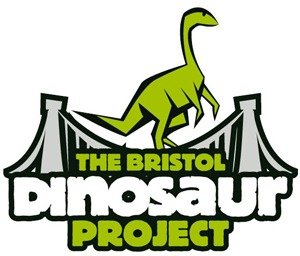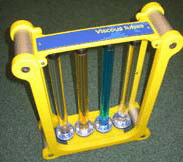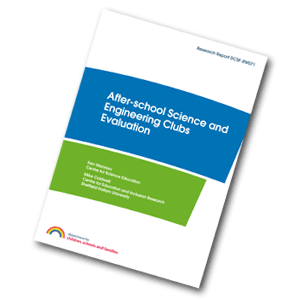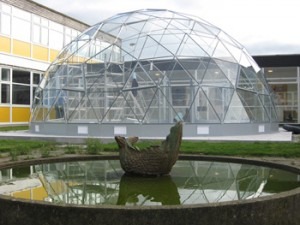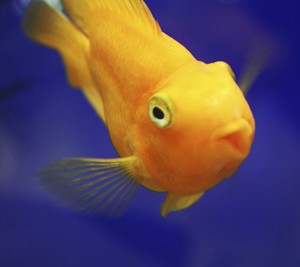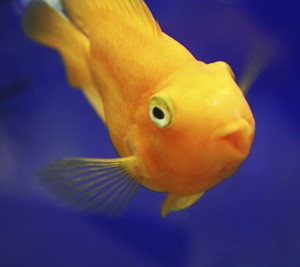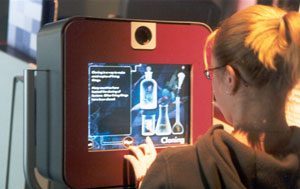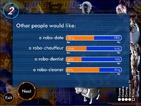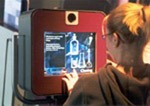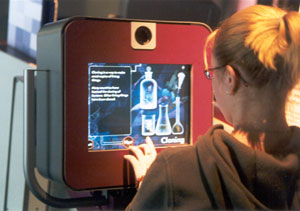ARKive is an initiative of the charity Wildscreen, an online project which aims to catalogue the world’s threatened species. ARKive asked Graphic Science to develop a series of downloadable educational resources for its new education pages.
The resources were designed to engage schools both at home and overseas (in the UK Overseas Territories) with biodiversity and the ARKive website. They were supported by OTEP, the Overseas Territories Environment Programme, which is a joint programme of the Foreign and Commonwealth Office and the Department for International Development.
We worked closely with ARKive to produce three sets of activities, on different topics related to biodiversity, appropriate for ages 7-11, 11-14 and 14-16.
The resources included:
Dinner at the Reef: A fun and interactive game, which encourages 7-11 year olds to explore food chains in a marine environment, predator-prey relationships and the fine balance of an ecosystem.
http://www.arkive.org/education/teaching-resources-7-11
Biodiversity Hospital: A session for 11-14 year olds, whereby students work in ‘medical teams’ to balance competing priorities for the conservation of an endangered species and to devise a ‘treatment’ plan.
http://www.arkive.org/education/teaching-resources-11-14
Design a Conservation Programme: A project for 14-16 year olds. By designing a conservation programme, students learn about the importance of biodiversity as well as the economic benefits and services ecosystems provide.
http://www.arkive.org/education/teaching-resources-14-16
The resources developed are each complete with a quick start guide, classroom presentations on PowerPoint, student worksheets, activity-linked resources, such as ‘Dinner at the Reef’ playing cards, or ‘Biodiversity Hospital patient charts’; and extension activities, along with full guidance for teachers on how to run the activities in the classroom.
You can download the resources from the ARKive website: http://www.arkive.org/education/
